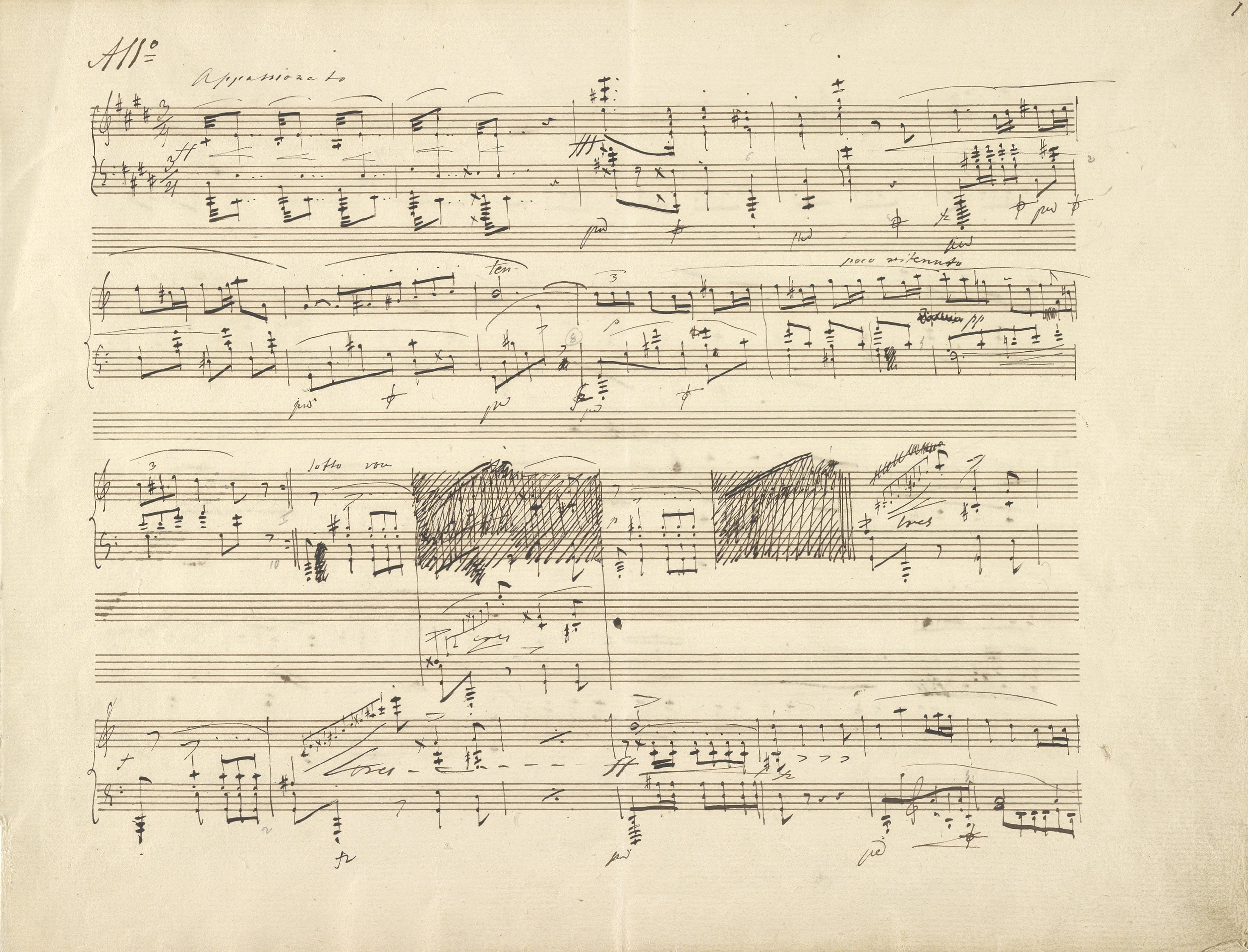Op. 2, Variations in B♭ major
Op. 10, 12 Etudes
Op. 11, Concerto in E minor
Op. 21, Concerto in F minor
Op. 22, Polonaise in E♭ major
Op. 24, 4 Mazurkas
Op. 25, 12 Etudes
Op. 26, 2 Polonaises
Op. 27, 2 Nocturnes
Op. 28, 24 Preludes
Op. 30, 4 Mazurkas
Op. 35, Sonata in B♭ minor
Op. 50, 3 Mazurkas
Op. 63, 3 Mazurkas
Op. 64, 3 Waltzes
(Op. 4), Sonata in C minor




Op. 26 No 1, Polonaise in C♯ minor
In bar 6, opening a new line of the text in A (→FE→GE), Chopin wrote new  hairpins. However, the range of both this sign and of the previous one (in bar 5) clearly indicates the intention of a continuous crescendo in both bars. This is how it was reproduced in the editions in the written repetition of these bars (in EE the unambiguous notation was used already in the first appearance of this fragment). Taking into account the fact that in our transcriptions bars 5-6 are in one line of the text, we use one
hairpins. However, the range of both this sign and of the previous one (in bar 5) clearly indicates the intention of a continuous crescendo in both bars. This is how it was reproduced in the editions in the written repetition of these bars (in EE the unambiguous notation was used already in the first appearance of this fragment). Taking into account the fact that in our transcriptions bars 5-6 are in one line of the text, we use one  sign, as the seemingly literal interpretation of both signs in such a graphical layout would have changed its sense to a much greater extent.
sign, as the seemingly literal interpretation of both signs in such a graphical layout would have changed its sense to a much greater extent.
Compare the passage in the sources »
category imprint: Interpretations within context; Differences between sources
issues: Hairpins denoting continuation
notation: Articulation, Accents, Hairpins

